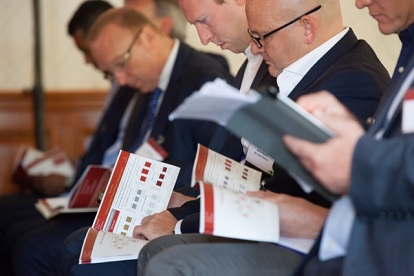Facilitator: Dave Edwards, Esperto Business Solutions
State of play
There has never been a better time to assess how advisers and clients are influenced by behavioural bias in the advice process. The current COVID crisis may not be having a big negative impact on the market but the associated emotional stress of living through an epidemic is determining what and how financial planning decisions are being made.
Clients plans, goals, spending and investing habits have been knocked for six. Historic data shows that clients and advisers make poor decisions when under emotion
However, we are now starting to see tools available that help to establish their behavioural bias. The following shows how these can be translated to client behaviours:
- Risk tolerance – willingness
- Risk capacity – Financial ability
- Behavioural capacity – emotional decision making
Having the ability to deliver dynamic suitability based on clients changing circumstances is on the horizon. Dynamic suitability will be based against lifestages, lifestyle and the associated behavioural bias. Behavioral bias matters but ‘noise and ‘distractions’ are often a bigger problem when trying to determine a client’s attitude and decision making. The use of psychometric questionnaire technology can help advisers to determine a client’s financial personality in a consistent, holistic, robust and efficient way and can be linked to existing cash flow planning tools.
The output would be used to determine a client’s ‘financial personality’ including risk tolerance, composure, confidence and desire for guidance and impulsivity. Ultimately creating a sweet spot for making decisions.The advent of this technology is often linked to robo-advice. However, its important to stress that the adoption of this technology as part of a hybrid advice process is where is really pays dividends. Client engagement is higher and still requires the knowledge, skills and experience of an adviser to deliver the right outcomes.
There is a feeling that current ATR tools are too clunky and missing the target, being ‘blunt’ compliance tool to get quickly from risk appetite to asset allocation. Risk assessment is only one part of the process and needs to consider lots of other factors to be truly client outcome focused.
Advisers are using ‘self-designed’ psychometric tools and question sets alongside their ATR to understand a client’s risk appetite, capacity for loss and emotional bias.There is a balance between being compliant and working in the best interests of client. An objective approach with subjectivity assessment on the output was determined the preferred approach.
Conclusion
In summary, understanding client behavioural bias is a fundamental part of the advice process and technology can support the process.However, this part of the process is an “art not as science”. The fragmented suite of tools currently in the market are only doing part of the job. The current crisis economic and social environment is helping advisers to engage with clients on a respective basis of “how differently would you feel twelve months ago?” to establish a clients behavioural bias.
Technology can play a part in engaging clients in a robust and consistent process. However, it will struggle to replace an adviser’s empathy, soft skills and investor experience.We can all agree…”it’s an emotional journey!”


